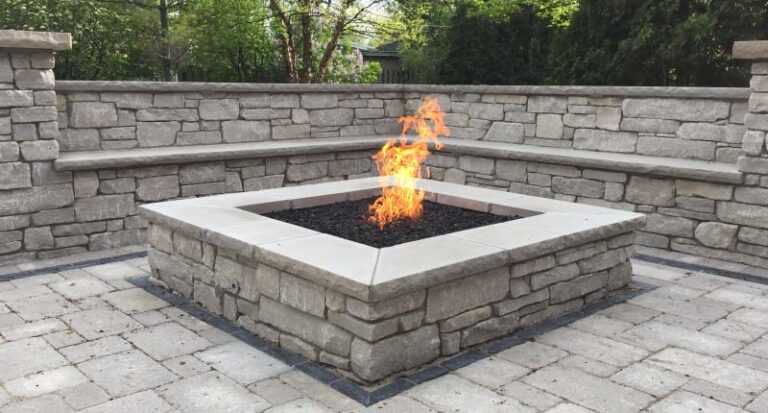
Natural stone’s inherent attributes make it a great solution for many green building project goals. It is a durable, aesthetically pleasing, sustainable material used for indoor and outdoor applications. When selecting natural stone for any project, it is important to know how the stone was quarried and fabricated to understand the impacts on the environment, including the land. Responsible stone quarrying and production practices are well defined, and third party verified, through the Natural Stone Sustainability Standard, Life Cycle Analyses (LCAs), and product labels such as Health Product Declarations (HPDs) and Environmental Product Declarations (EPDs). Because the metrics and impacts are quantified in these product labels and the Standard, it has raised awareness and spawned efficiencies and innovations at every step of the process. It also makes it easier to compare materials before selecting the most appropriate one for a project. Understanding this information will ultimately help you make better decisions and select a natural stone from a company that is working to continuously reduce their environmental impacts.

Terrazzo is a durable, low maintenance material. Terrazzo has a long history, informed in part by the ancient mosaics of Egypt that were made of small or irregular pieces of stone, glass, or ceramic.

Natural stone has a great reputation for environmentally friendly qualities such as its durability, low embodied energy, no volatile organic compounds (VOCs), and being a nearly complete material in its natural state. Mother Nature does most of the work, making natural stone a single ingredient material suitable for many interior and exterior applications that perform impeccably over time. Most other building materials require additional ingredients and a more complex manufacturing process. Because these added materials and processes can have a negative impact on our health and the environment, they should be considered when selecting a material for a project.

The last few years have put a laser focus on the importance of our health and well-being. Biophilic design can help you tap into an innate connection with nature to achieve these goals successfully.

Styles may change from season to season, but Mother Nature creates unique designs in natural stone that are historically innovative and always on trend. This is why natural stone remains a timeless and flexible option for many interior applications including countertops and flooring.

While design trends come and go, natural stone remains a timeless and flexible option for many exterior applications including cladding, paving, and hardscapes. It is important to know how the material chosen for an exterior project will perform under a variety of circumstances, conditions, and uses.
From an overall sustainability perspective, natural stone has a lower environmental footprint than precast concrete. This is due to the minimal resources used to quarry, fabricate, finish, and transport natural stone.
Sintered surface is sometimes marketed as sustainable because it contains natural materials. But as you will see from the manufacturing process described below, the use of an energy intensive manufacturing process gives sintered surface a much larger environmental footprint than natural stone.

Porcelain is produced to emulate the beauty and veining of marble. But as you will see, the use of many materials and additives and the energy intensive processes involved in its manufacturing create a much larger environmental footprint for porcelain than natural stone.
Engineered quartz is sometimes marketed as a sustainable, natural material because of the quartz in it. However, as the process of manufacturing engineered quartz depicted demonstrates, that is not the case.

It is important to use the right product and process for the type of stone and specific issue you are addressing. Different stones have different characteristics and will respond differently to cleaning and maintenance.

Aesthetic qualities and price are often the first criteria used to make countertop and flooring selections. But have you considered if each material is eco-friendly? A material’s life cycle should be considered during your home design and renovation projects.

Thought should be given to countertop material’s durability, maintenance, sustainability, and cost. Let’s take a comparative look at some of these issues before making a decision.

The leftover materials from fabrication or construction are known as remnants. There are many different ways to address this issue and many advantages to identifying and using natural stone remnants in a project.

Learn more about green building for homes. Find out what LEED credits are achievable with natural stone.

Technology has become extremely prevalent in today’s society and the natural stone industry is not immune. In fact, we are opening up a world of possibilities for your projects that save time, money, and resources.

How stone is reused, repurposed, or recycled for new applications and projects.

A guide to using natural stone as a sustainable building material.

In today’s marketplace, with many materials and design options fighting for your attention, natural stone stands out as the perfect choice for meeting all of your needs while also enhancing the sustainability of your home.



